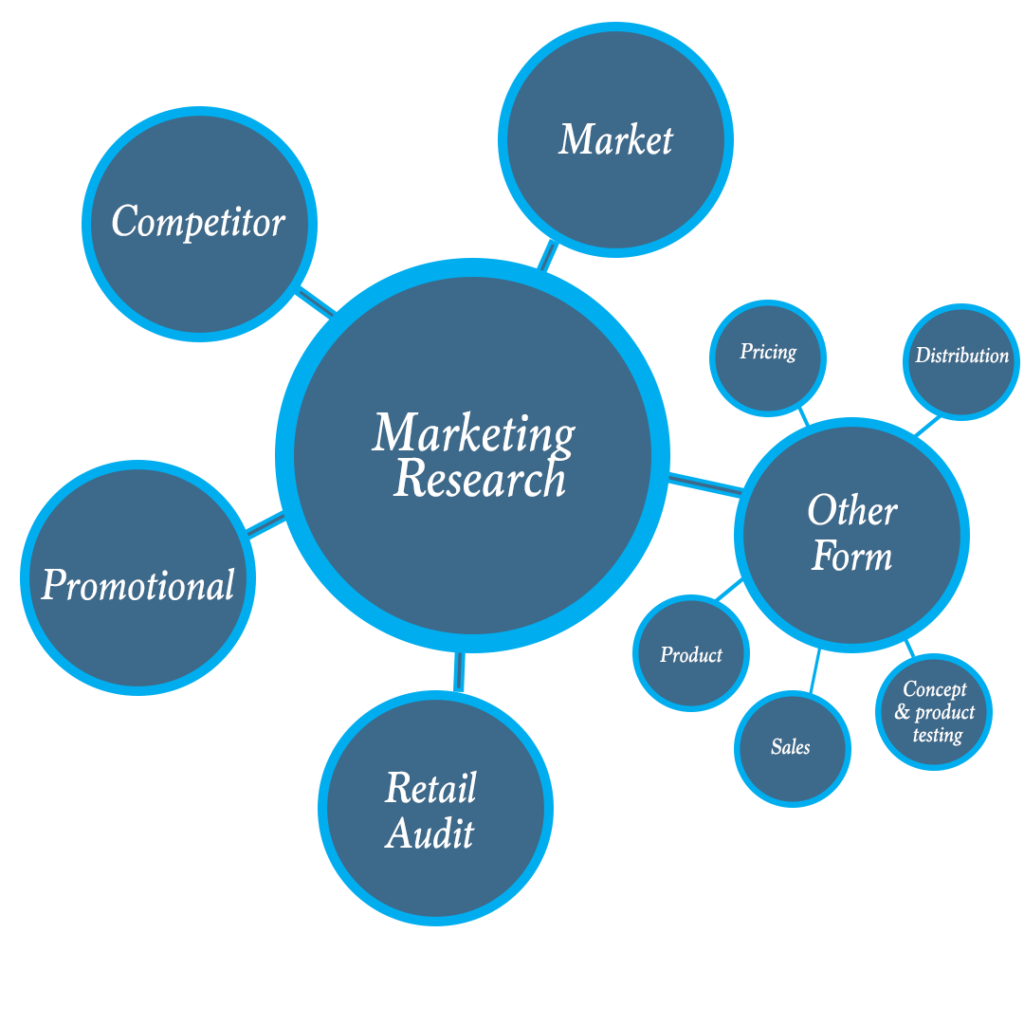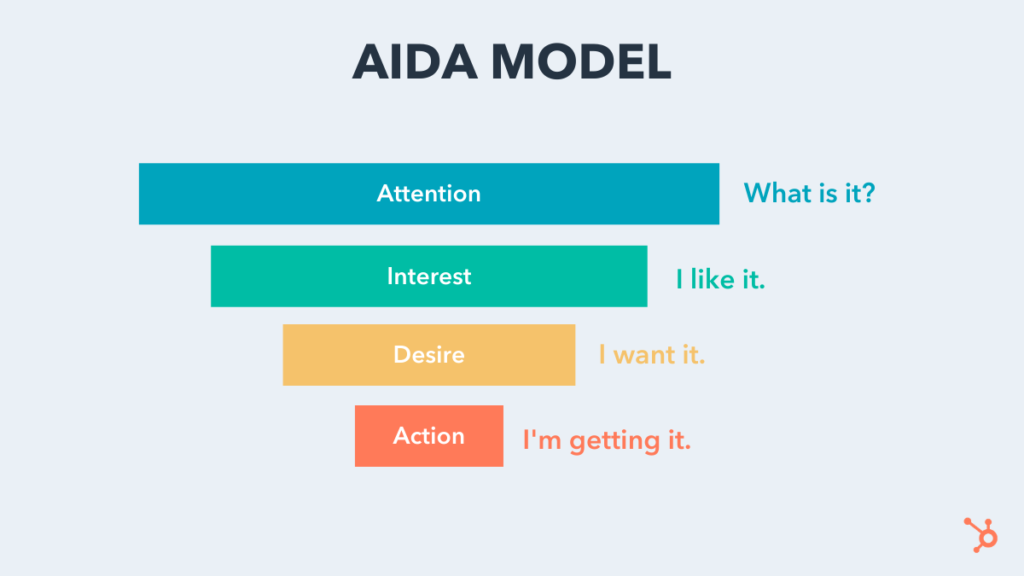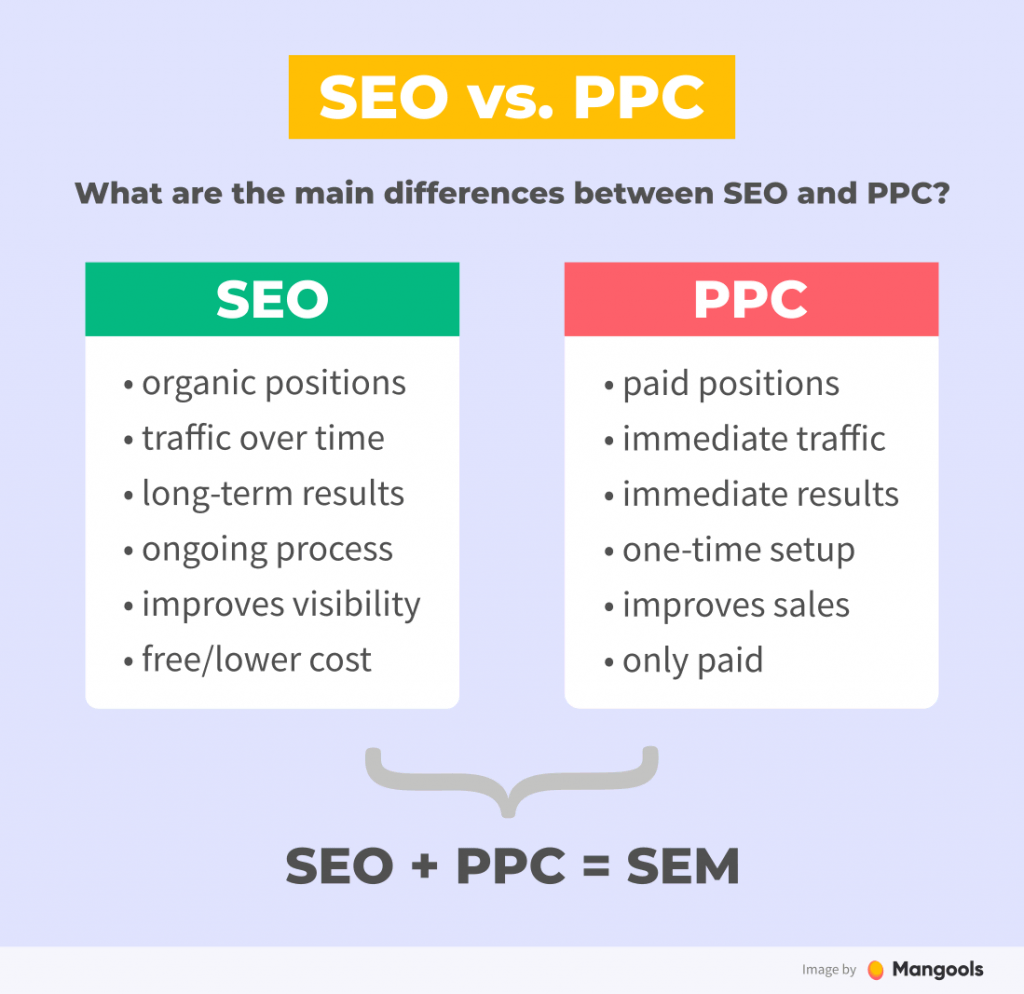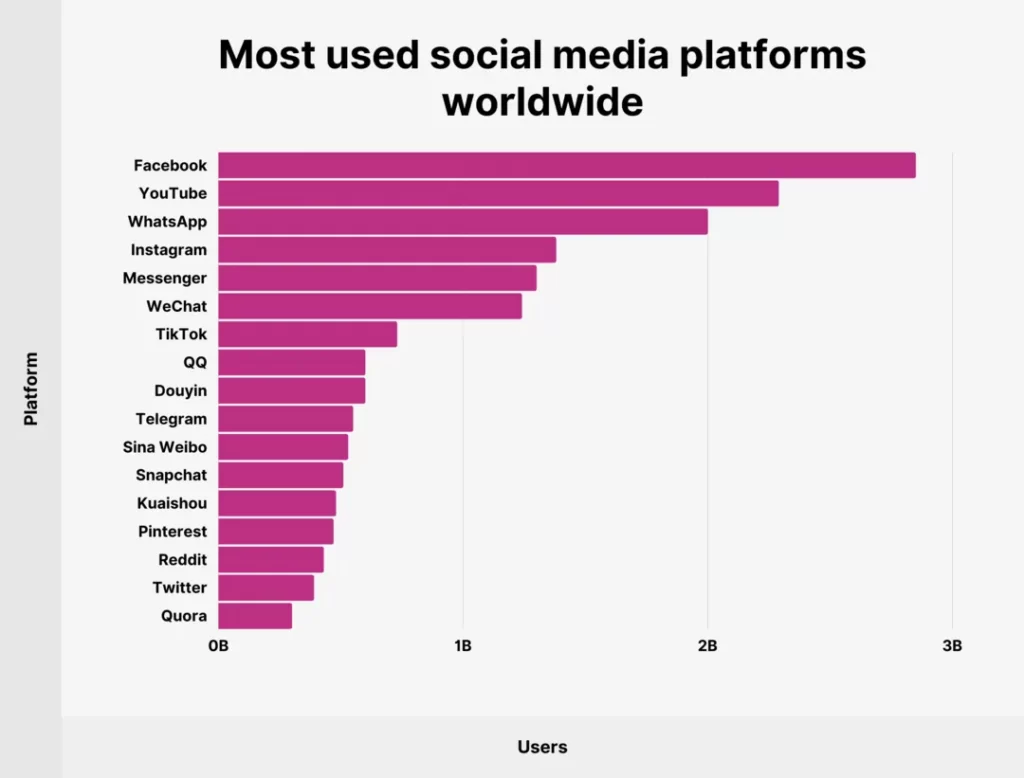How to Create a Successful Digital Marketing Campaign
Building an effective digital marketing campaign is crucial for businesses looking to grow their online presence. With more consumers than ever relying on digital channels to research and buy products, a solid digital strategy is critical to reaching and converting potential customers. However, creating a successful digital campaign requires careful planning and execution across various online platforms and tactics. This comprehensive guide will walk you through the critical elements of developing an integrated and high-performing digital marketing campaign.
Table of Contents
Defining Goals and KPIs for Your Digital Marketing Campaign
Before diving into tactics and channels, defining the goals and key performance indicators (KPIs) you want your digital marketing campaign to achieve is vital. Setting specific, measurable goals will guide your strategy and benchmarks against which to track progress.
Types of Digital Marketing Goals
Common goals for digital marketing campaigns include:
- Driving website traffic: increasing visitors to your site
- Generating leads/conversions: getting site visitors to convert into leads or customers
- Raising brand awareness: increasing visibility and reach for your brand
- Engaging your audience: interacting with and building relationships with your target audience
Selecting KPIs to Measure
For each goal, determine relevant KPIs to monitor how well your campaign achieves that goal over time. Examples include:
- Website sessions, users, page views
- Bounce rate, time on site
- Conversion rate
- Cost per lead/acquisition
- Social media reach, engagement rate
- Sales revenue
Setting measurable KPIs aligned to campaign goals allows you to gauge performance, identify issues, and optimise efforts.
Conducting Market Research to Inform Your Digital Strategy

Thorough market research should guide your digital marketing strategy and influence campaign development. Key areas to research include:
Your Target Audience
- Demographics – age, gender, income, location, etc.
- Values, interests and pain points
- Media consumption and digital behaviour
Your Competitors
- What digital tactics and channels are they using?
- What is their digital content strategy?
- How does their online offer compare?
Your Industry Environment
- Digital adoption levels
- Opportunities for growth and gaps in the market
- Emerging digital marketing trends to leverage
Armed with rich audience and industry insights, you can refine campaign messaging and channels to achieve cut-through and engagement.
Mapping the Buyer's Journey to Match Content
Today’s consumers undertake a complex online journey before purchasing products or services. Mapping out this buyer’s journey for your unique audience and aligning content to each stage is vital for lead nurturing and conversions.
Key Stages
- Awareness: First exposure to your brand. Aim to attract attention and interest.
- Consideration: Prospect compares options. Focus on lead nurturing.
- Decision: Final brand selection. Convert leads into customers.
Matching relevant content to each stage – from blogs to boost awareness to trial offers at the decision phase – makes it easier for prospects to progress on their path to purchase.
Choosing the Right Digital Marketing Channels

Selecting the optimal mix of digital channels for your marketing campaign underpins its effectiveness. Carefully consider which channels align to campaign goals and audience behaviour.
10 Key Digital Marketing Channels
- Search Engine Optimisation (SEO) – optimise online content for organic search.
- Pay-per-click (PPC) – paid ads on search engines and social media
- Content marketing – blogs, videos, guides etc.
- Social media marketing – organic and paid reach via platforms like Facebook and Instagram
- Email marketing – personalised, targeted emails to nurture leads
- Affiliate marketing – partnerships with online influencers
- Online PR – digital news sites and industry publications
- Display advertising – banner/video ads on websites and apps
- Retargeting – ads to previous site visitors across the web
- Marketing automation – tailored messaging and workflows for each lead
A strategic combination of these will amplify your digital impact and ROAS.
Developing Engaging Content for Each Stage of the Funnel

Digital marketing creates and distributes relevant online content to attract your target audience. Mapping content types to the three stages of the consumer funnel optimises lead generation and conversions.
Awareness Content
- Blog posts
- Videos
- Infographics
- Reports/whitepapers
- Interactive tools
- Social media
Purpose: Introduce prospects to key industry topics and solutions. Generate interest in your brand.
Consideration Content
- Product/service pages
- Comparison guides
- Testimonials
- Case studies
- Free trials
Purpose: Enable in-depth product research. Convince leads your solution fits their needs.
Decision Content
- Pricing/payment pages
- Sign-up forms
- Limited-time offers/discounts
- Free shipping guarantees
- Countdown timers
Purpose: Motivate prospects to commit and convert into customers.
Optimising Lead Nurturing with Marketing Automation
Sophisticated marketing automation platforms help you track each prospect’s interactions and then automate personalised content to progress them towards conversion. Key techniques include:
Lead Scoring
- Score leads based on an activity like email opens (~5 points) or downloads (~10 points) to indicate engagement.
- Configure automated messages for each score bracket – higher scores get more personalised content.
Behavioural Targeting
- Place prospects into segments by interests they’ve shown, e.g. specific content topics.
- Deliver tailored content recommendations matching their preferences
Website Personalisation
- Display different site content and calls-to-action for new vs returning visitors.
- Show banners promoting content aligned with their past on-site behaviour
Advanced marketing automation drives more relevant messaging and nurturing at scale.
Launching and Managing PPC Campaigns

Well-structured pay-per-click (PPC) campaigns can deliver a strong return on ad spend and access prospects actively searching for solutions online. Critical aspects for setup and optimisation include:
Perform Keyword Research
Identify search terms your audience uses based on tools like Google Keyword Planner, then build campaigns around:
- Broad match – captures a wide range of similar phrases
- Exact match – only shows ads for that specific keyword
- Negative match – excludes irrelevant variations with unwanted meanings
Write Appealing PPC Ads
- Attention-grabbing headline and description text: 125 characters max
- Clear call-to-action button to click, e.g. “Learn more.”
Set and Adjust Bids
- Bid higher to increase ad position for your best-performing keywords
- Use automated bid strategies that leverage Google’s algorithms
Monitor Performance
Analyse metrics like CTR, conversion rate and cost per lead to identify winning ad copy plus keywords driving the most valuable traffic. Improve underperforming elements accordingly.
Effective ongoing optimisation drives down the cost per acquisition and maximises conversion rates over time.
Executing an Integrated Social Media Strategy

Incorporating social media marketing within your digital campaign allows two-way engagement with prospects. To maximise returns:
Audit Your Social Media Presence
Review existing platforms and performances – where do you have the most followers and engagement? Assess which channels align best to campaign goals and audience preferences before investing in content creation.
Create Shareworthy Content
Develop social posts, images, infographics and videos tailored to perform well and spread organically in the streaming feeds of each network.
Run Paid Social Ads
Use platforms like Facebook, Instagram and LinkedIn to:
- Retarget website visitors with ads
- Expand branded content reach via paid boosting
- Engage lookalike audiences similar to existing followers
This blended organic and paid social approach expands awareness among relevant audiences. Monitor engagement analytics to refine content and targeting over time.
Converting Website Visitors into Leads with Landing Pages
Specialised landing pages are essential to capture visitor data and convert anonymous traffic into identifiable leads. Tactics to boost conversion rates include:
Compelling Headlines and Copy
Promise value upfront to capture attention quickly in above-the-fold content – communicate how an interaction will benefit the visitor.
High-Quality Visuals and Media
Arresting images, video, and graphics make landing pages more appealing and build credibility.
Minimal Distractions
Avoid excessive menus, links or ads that divert focus from completing the lead capture form.
Clear Calls-to-Action
Prompt visitors clearly towards one desired action using contrasting buttons and directional cues.
Testing different page variants to optimise messaging and layout is instrumental for lead generation results.
Retargeting Website Visitors to Recover Abandoned Carts

Abandoned carts are a significant issue facing ecommerce brands – 20% of shoppers add items to their cart but leave without purchasing. Retargeting helps combat this via personalised advertising to site visitors after they've left. Tactics include:
Cart Abandonment Emails
Trigger automated emails reminding people of items left in their cart and prompting return. Offer discounts or free shipping to incentivise checkout completion.
Retargeting Ads
Track visitors via cookies, then display your ads across other websites they browse. Tailor messaging around abandoned cart items to reconnect.
Lookalike Audiences
Use platforms like Facebook to identify and target new prospects with online behaviour similar to people who recently abandoned carts.
Persisting with optimised retargeting secures 22% of abandoned cart revenue on average, reducing missed sales.
Tracking Campaign Analytics for Optimisation
Monitoring campaign performance through detailed analytics provides the insights to refine your digital marketing efforts. Key metrics to track across channels include:
| Metric | Description |
| Sessions | Total visits to your site |
| Bounce rate | % of visitors leaving from the first page |
| Pages per session | Average page views during site visits |
| Goal conversions | % completing desired actions like downloads or purchases |
| Traffic sources | Where visitors come from (social, organic search, etc.) |
| Lead quality score | Engagement and profile level scored for each new lead |
| Cost per conversion | Investments made to achieve each transformation or sale |
| ROAS | Return on advertising spend based on revenue gained |
Analysing data identifies high and low-performing areas to double down on or reallocate budget away from. This nurtures continual optimisation and maximum ROI.
Conclusion and Key Takeaways
Developing an effective, integrated digital marketing campaign requires detailed planning and coordination across many online channels, platforms and activities. By following best practices around goal setting, audience research, buyer journey mapping, lead scoring and multi-channel content creation; you can create a campaign optimised to boost brand visibility, engagement and conversions.
Monitoring detailed performance analytics provides the insight to refine efforts for sustained success. Combining compelling content development with new customer acquisition and existing lead nurturing sets up both short and long-term returns on investment.
In summary, critical points for digital marketing campaign execution include:
- Establish KPIs-aligned campaign goals
- Research your audience and industry landscape
- Map content types to the customer journey
- Select complementary online channels
- Automate workflows for lead nurturing
- Focus on conversions with landing page optimisation
- Retarget abandoned carts via multiple mediums
- Track detailed analytics to identify improvement areas
With strategic planning and integration across critical activities, your next digital marketing campaign can deliver impressive benefits for your brand and bottom line.
Frequently Asked Questions
What’s the first step in creating a digital marketing campaign?
The first step is clearly defining the business goals and KPIs you want the campaign to achieve. Setting specific targets provides direction and benchmarks to optimise towards.
How can I identify the best content topics?
Conduct audience research to understand your target demographics and their interests. Look at competitors’ content approaches, too. Map content to different stages of the buyer journey based on their needs at each phase.
What tools can I use to track campaign analytics?
Google Analytics provides detailed insights into site traffic channels, on-page behaviour flows, conversions and more. Facebook, LinkedIn, and other platforms have built-in analytics on engagement. Marketing automation platforms centralise multichannel data.
How much of the budget do I need for paid advertising?
It depends on your industry, audience size, and current traction channels. Typical paid search and social media budgets range from $200 to $500 monthly for smaller businesses and up to thousands for enterprises. Set caps per channel and adjust based on performance.
How can I expand the campaign reach via influencers?
Research relevant bloggers, industry experts and thought leaders. Reach out to suggest they review or feature your product. Provide affiliate promo links so they earn a commission for generated sales. Expand into new niches through trusted voices.
